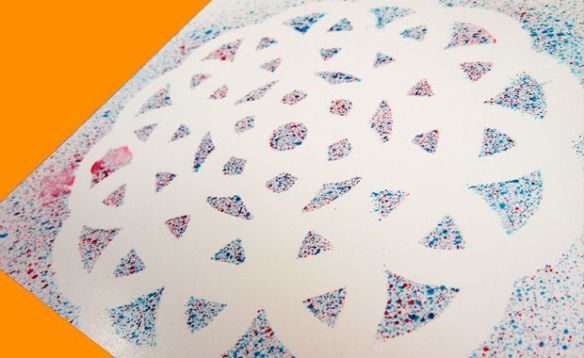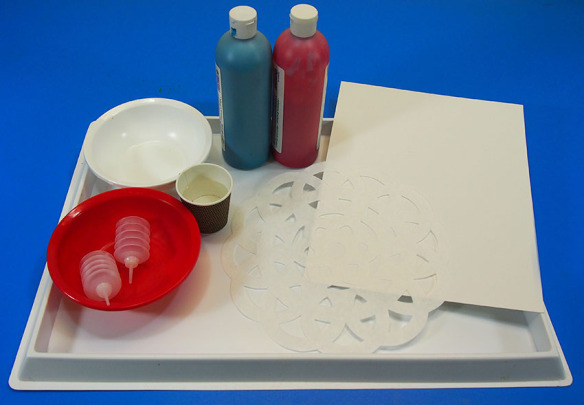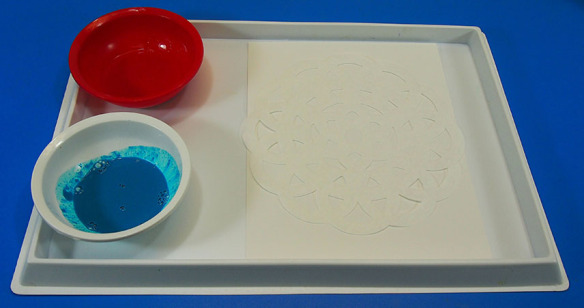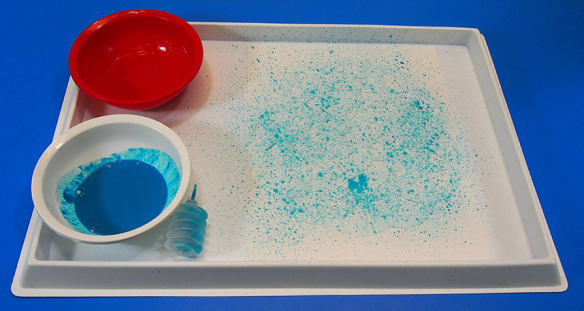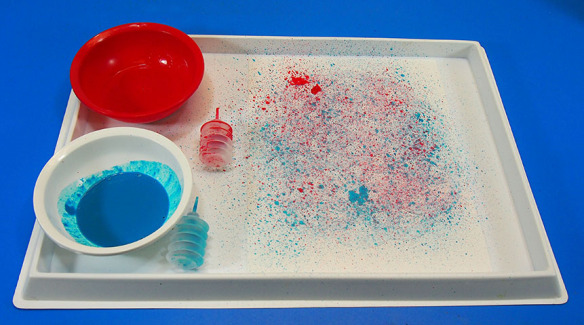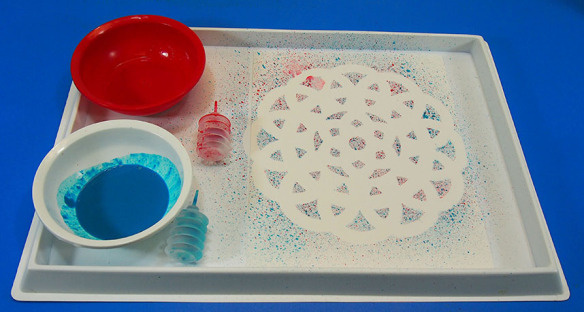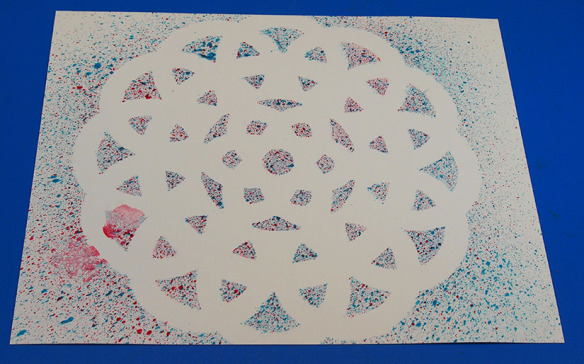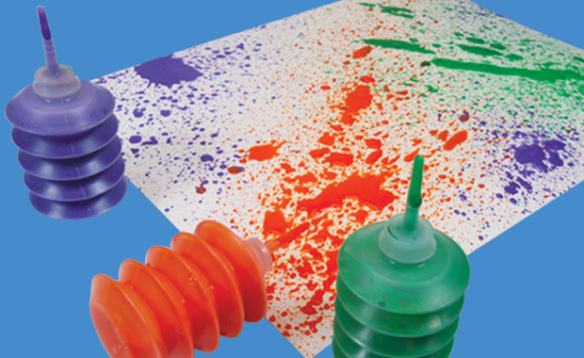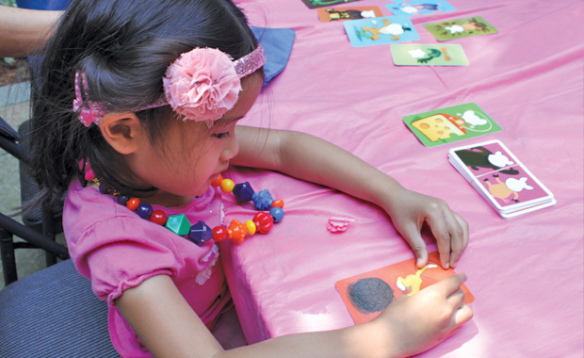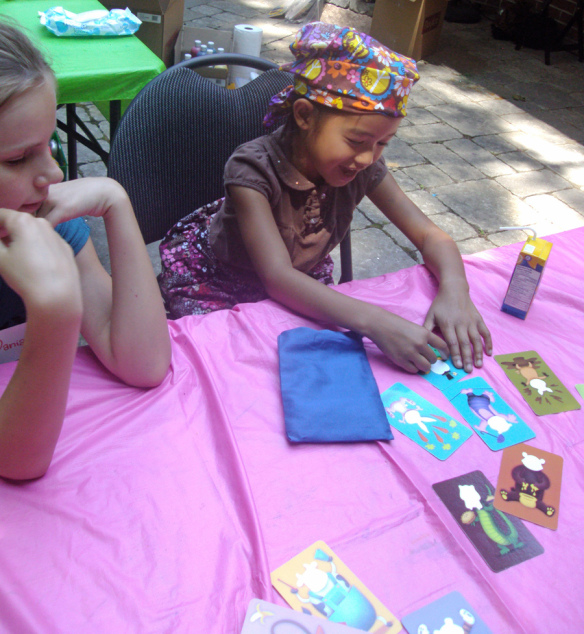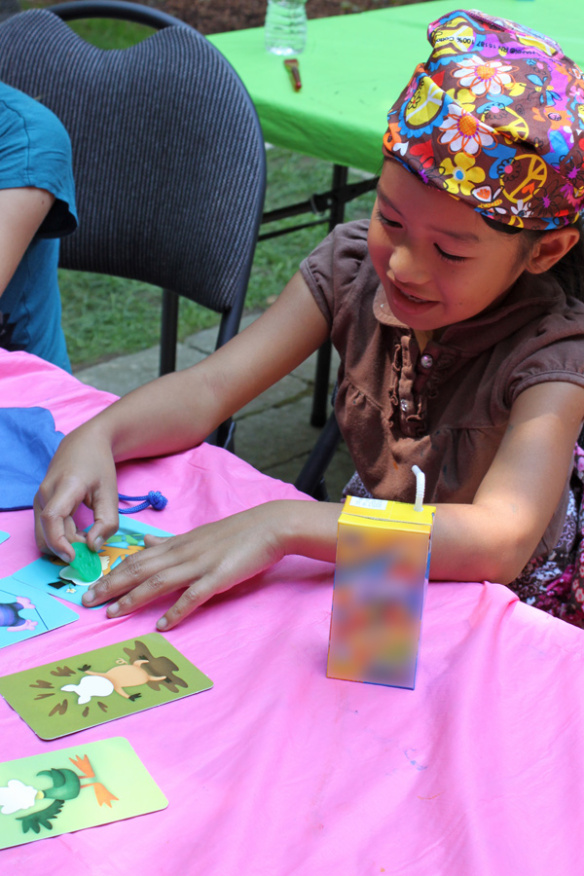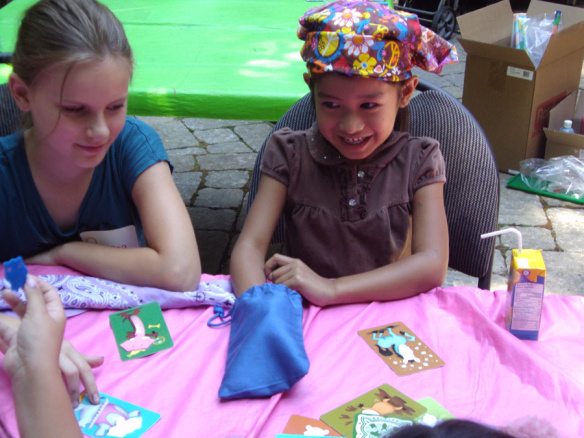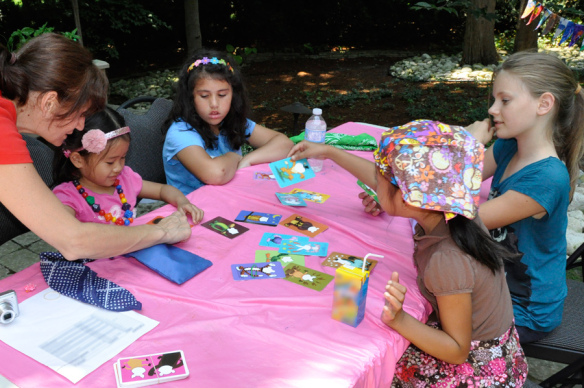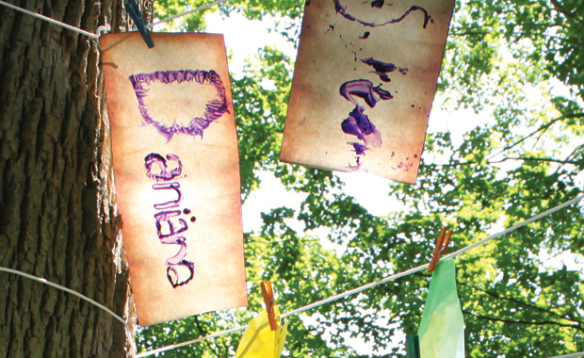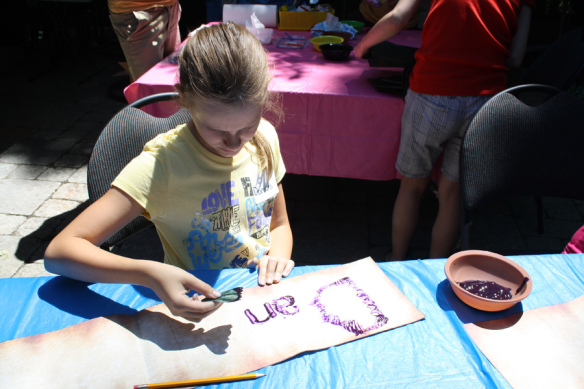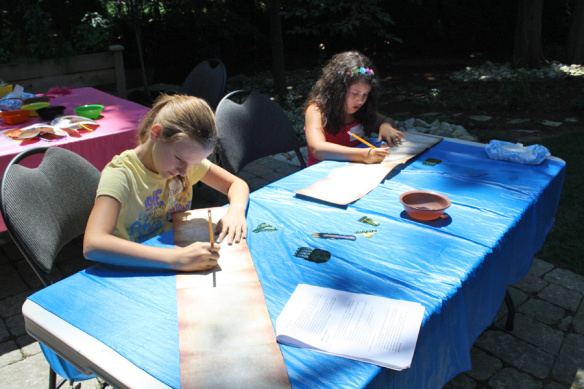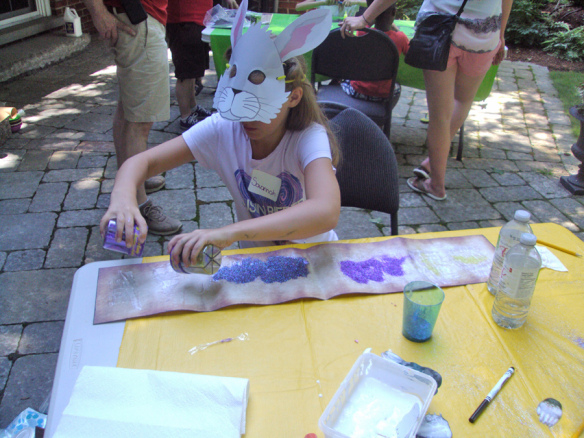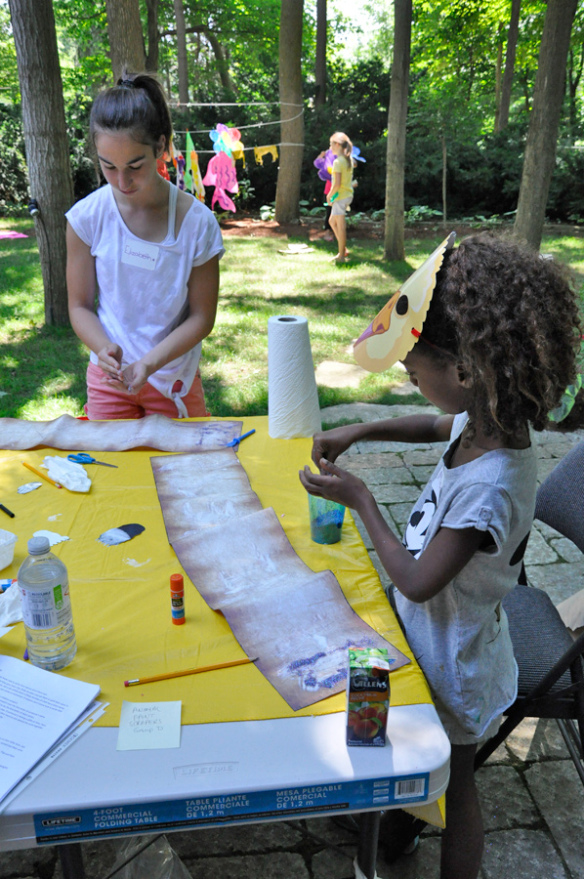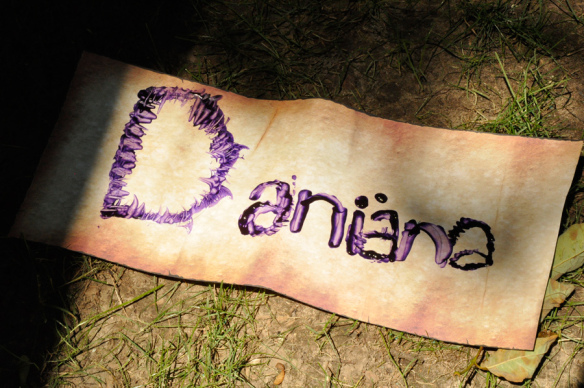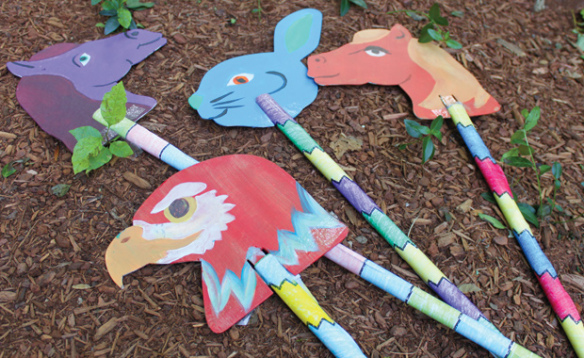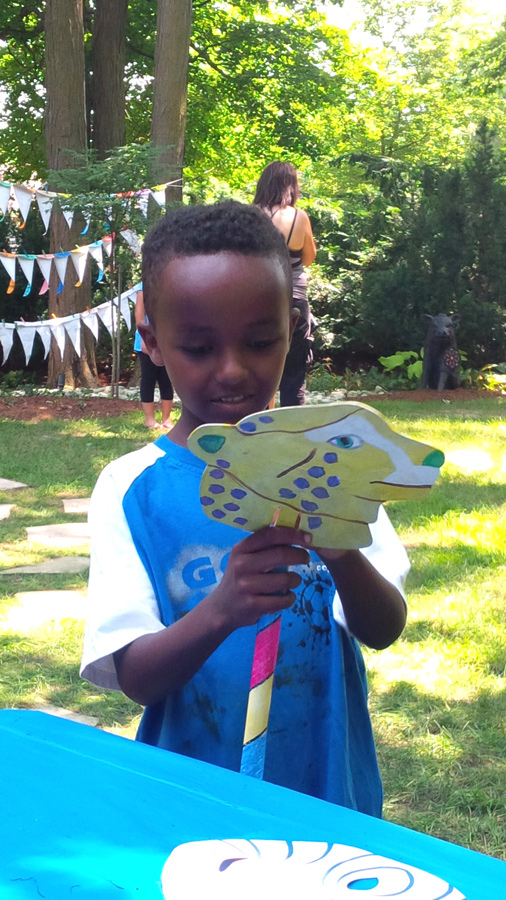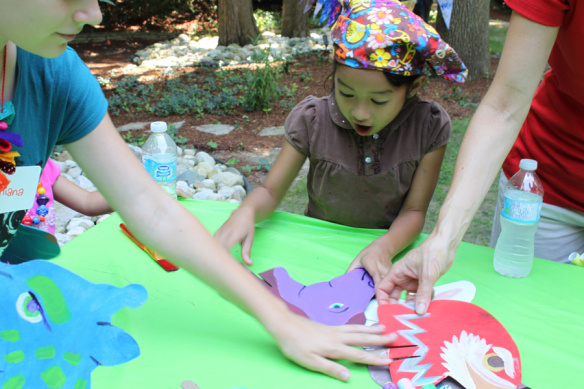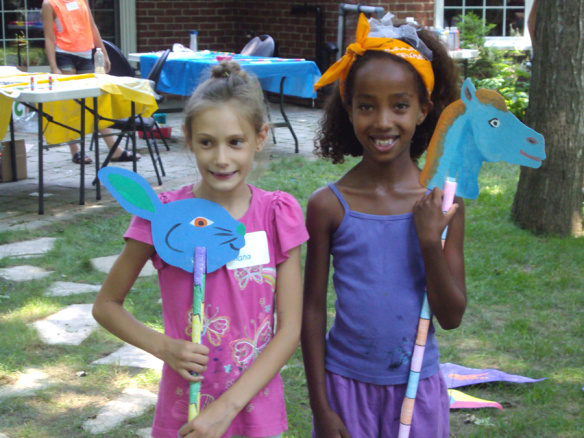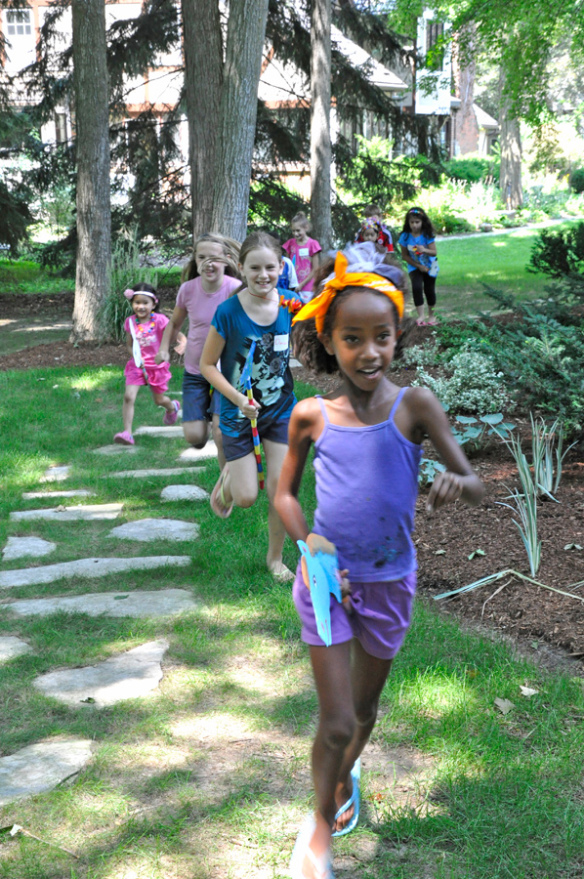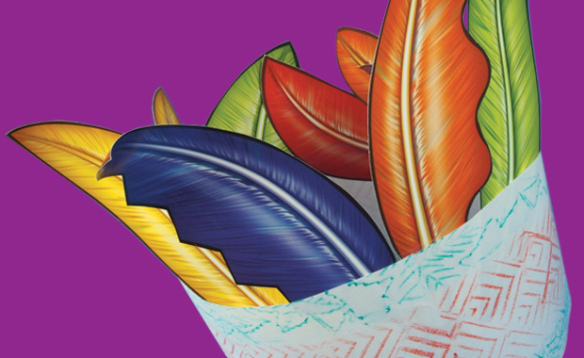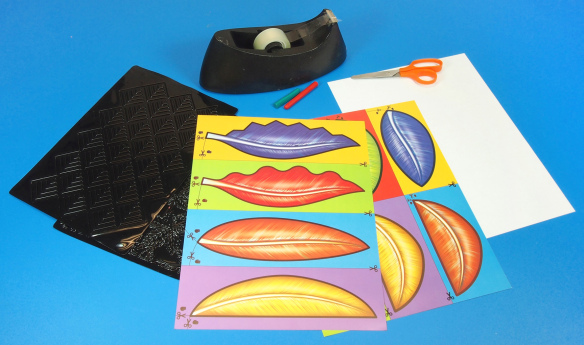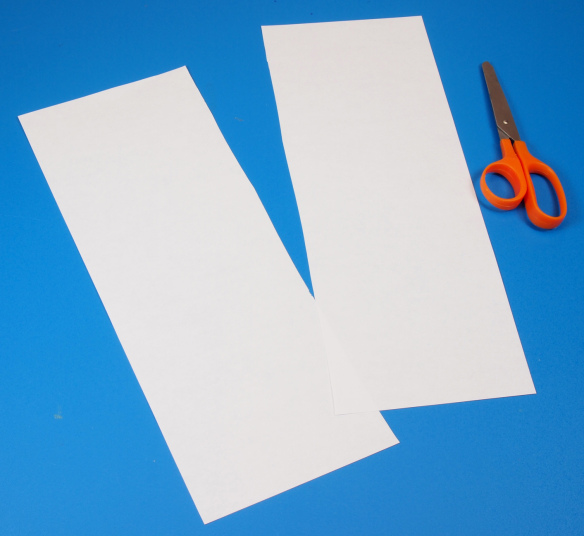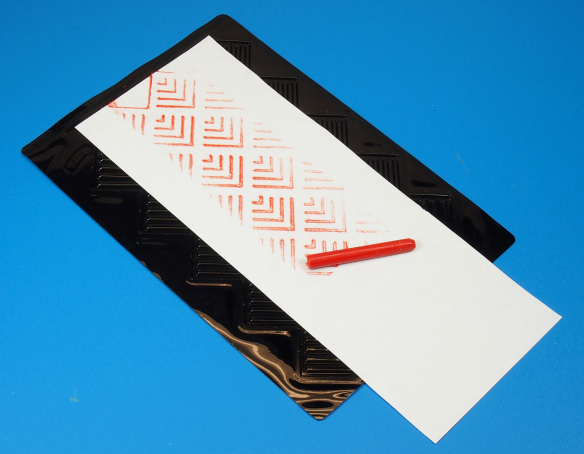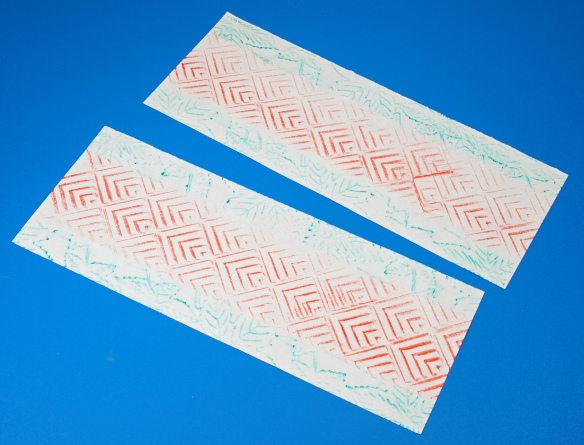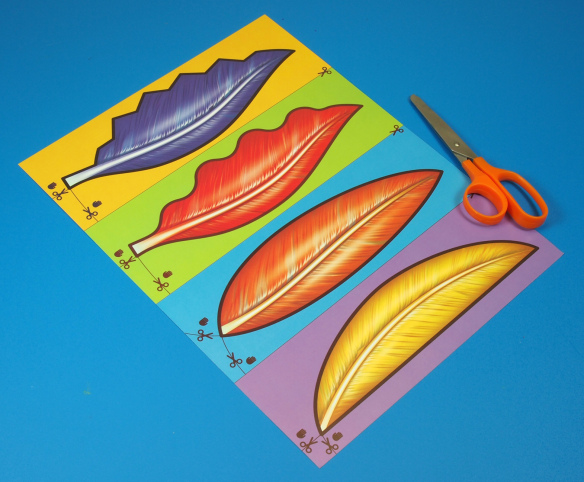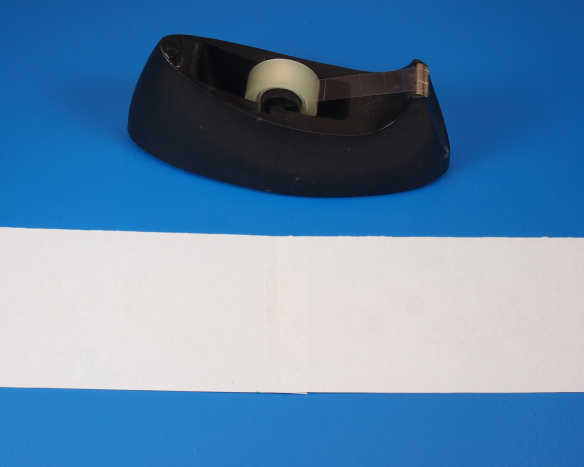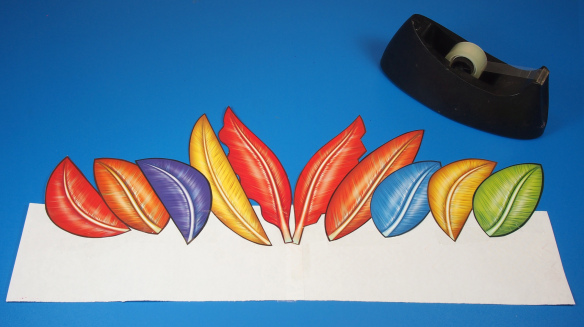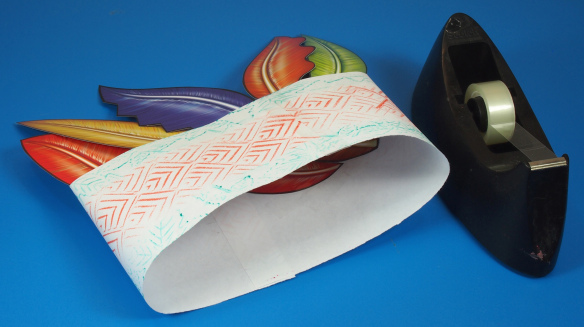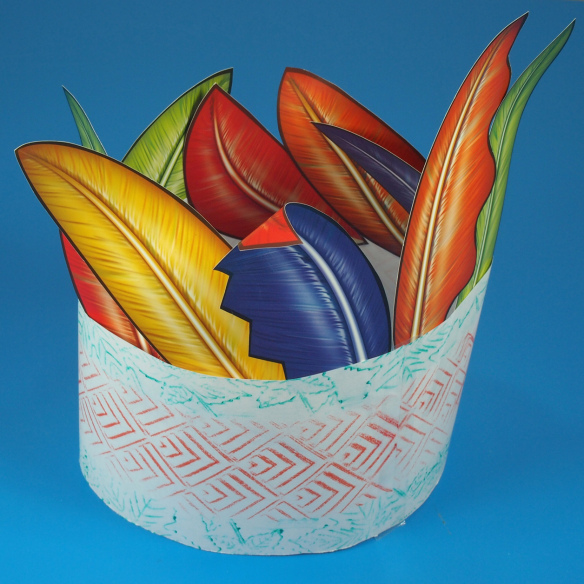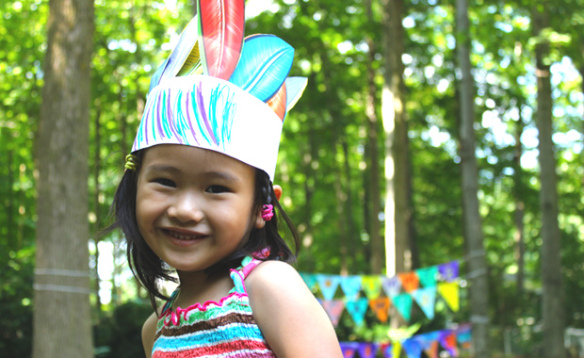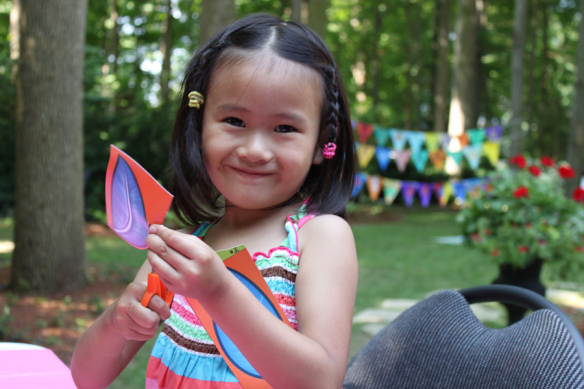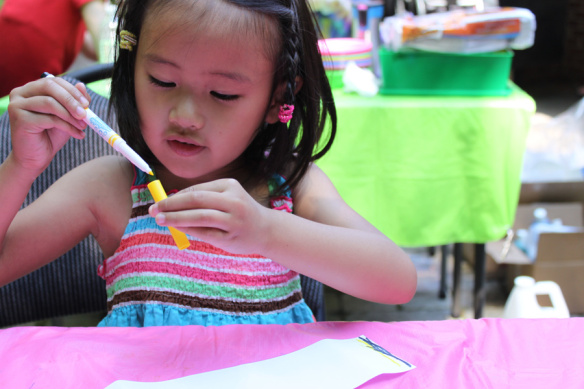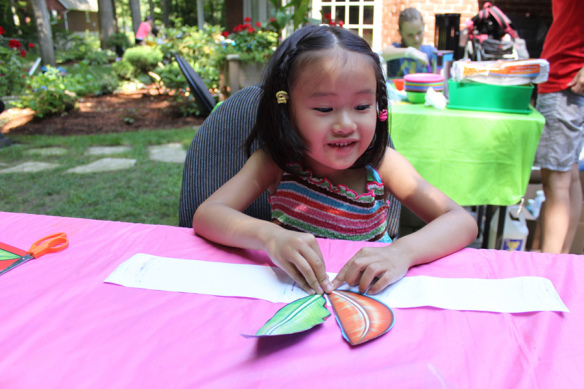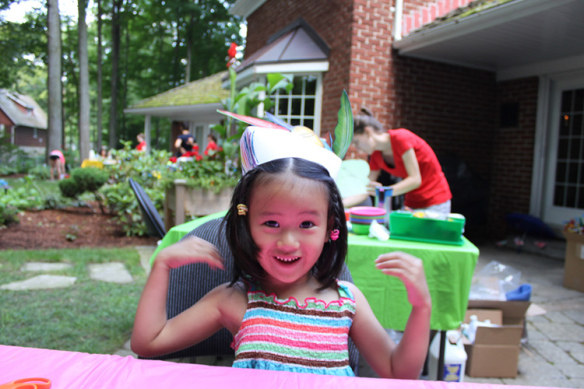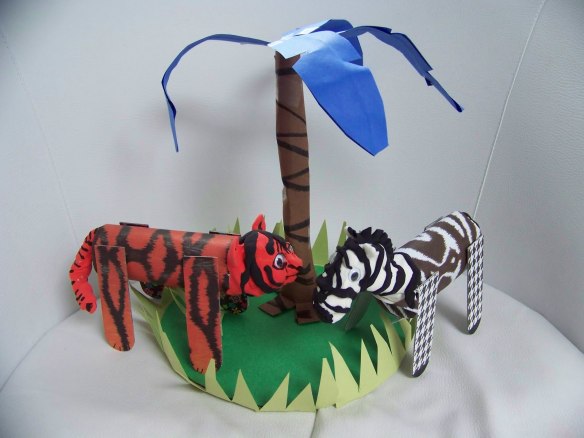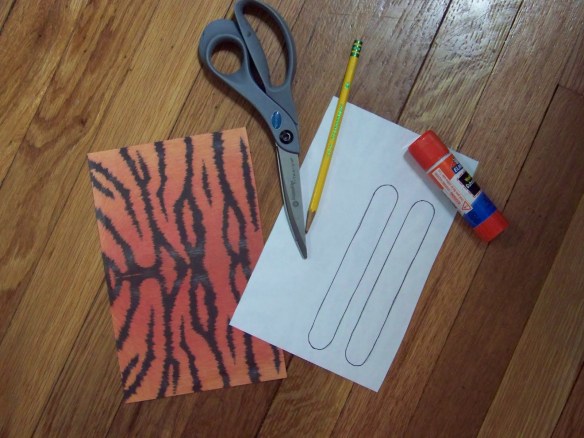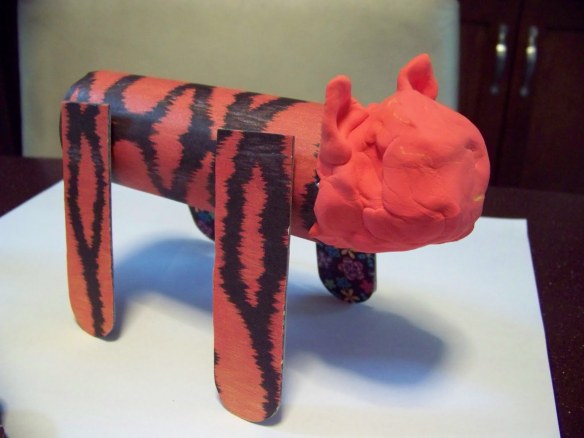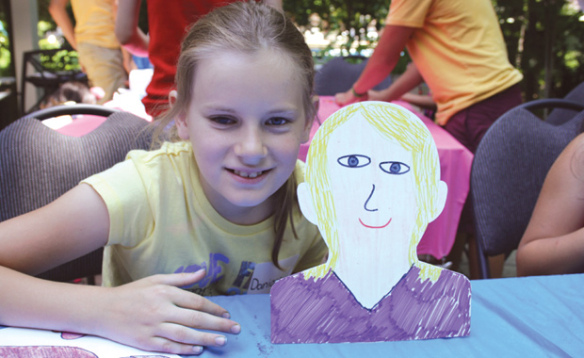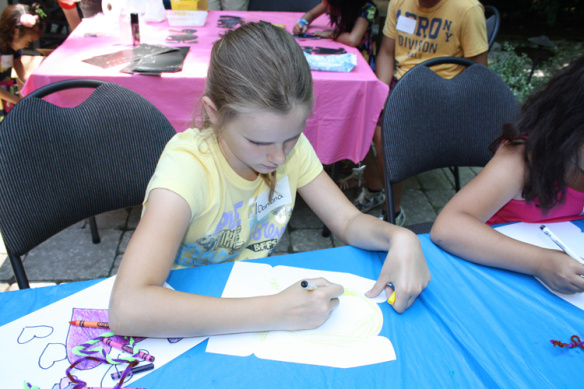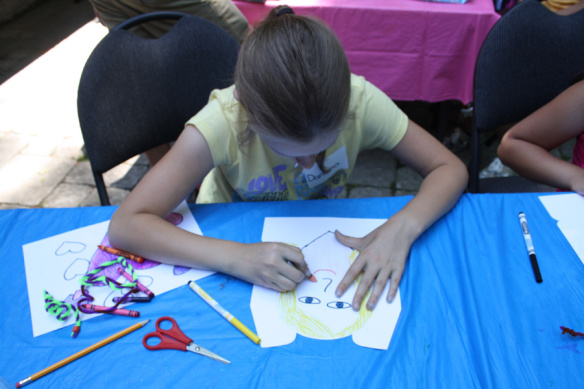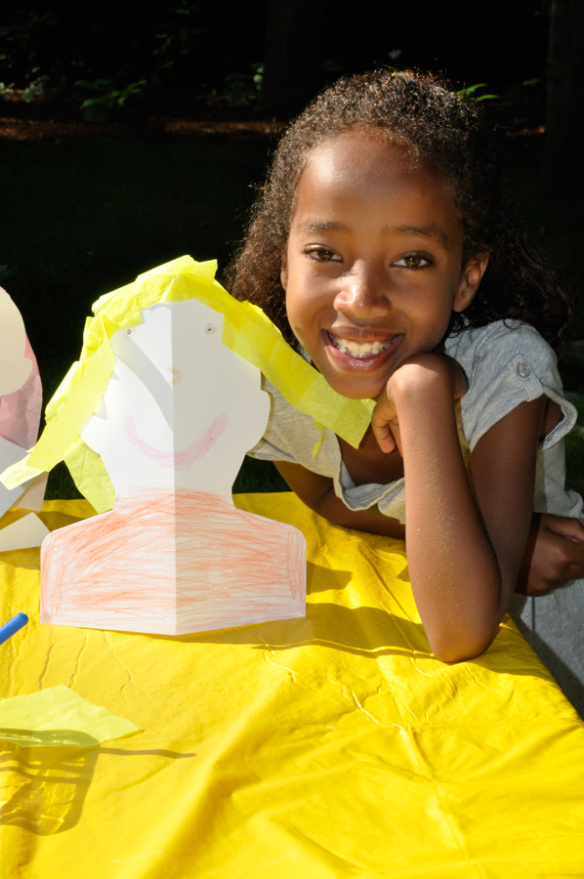Extending our exploration of Paint Bellows, I’ll show you how to use this unique painting tool to create beautiful stencil art combined with our Lace Circles! Read on for more details!
Age: 5-8
Duration: 10 minutes
You’ll Need:
• R5419 Paint Bellows
• R24910 Lace Circles
• Art paper
• Tempera paint
• Paint tray
I recommend using card paper for the backing underneath the Lace Circle. Depending on what kind of paint you use, the splatter paint may seep through any weaker or thinner paper. You want to make sure that the art paper is strong enough to withstand the paint splatters.
Fill the paint containers with a bit of water to make the paint easier to pick up in the Paint Bellows. Place the template or Lace Circle onto the card paper.
Press all the air out of the Paint Bellow before inserting the spout into the paint. Release the hold on the Paint Bellow to allow it to draw in the paint. Next, aim the Paint Bellow slightly above the art paper and quickly press the back of the Paint Bellows chamber towards the spout and release. Redo this action several times to get a great stippled effect on the paper!
I wanted to use two different colors to make the artwork more interesting, so I used red. Spritz the red paint over the template. Tip: You can also remove your template and place it in another position over the stippled blue paint, then spritz with red to give your artwork a bit of dimension.
Remove your template to reveal a simple yet gorgeous piece of artwork underneath!
Show us some of your artwork using the Paint Bellows! Send us photos of your students’ work to subscriber@roylco.ca for a chance to be featured in our next post!

